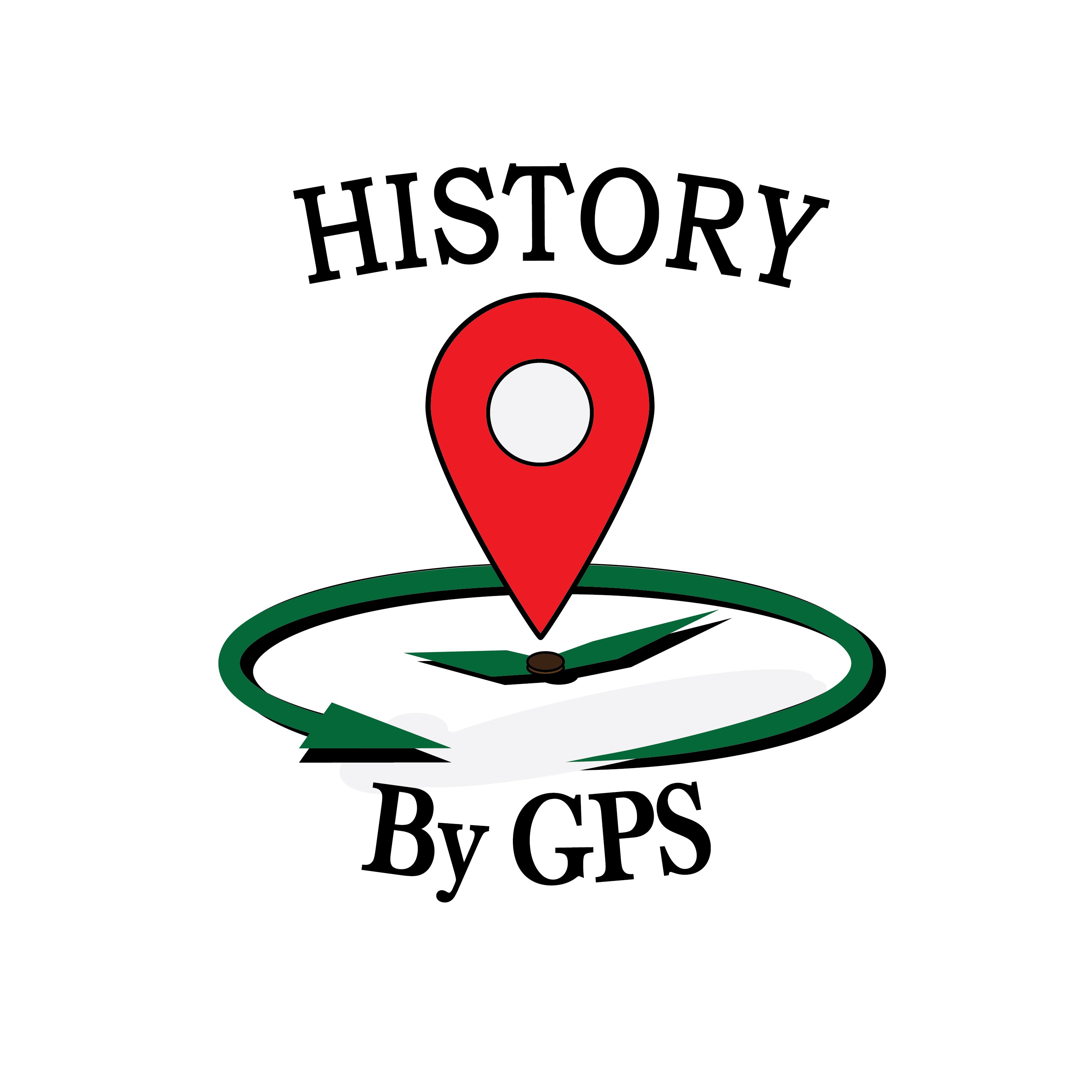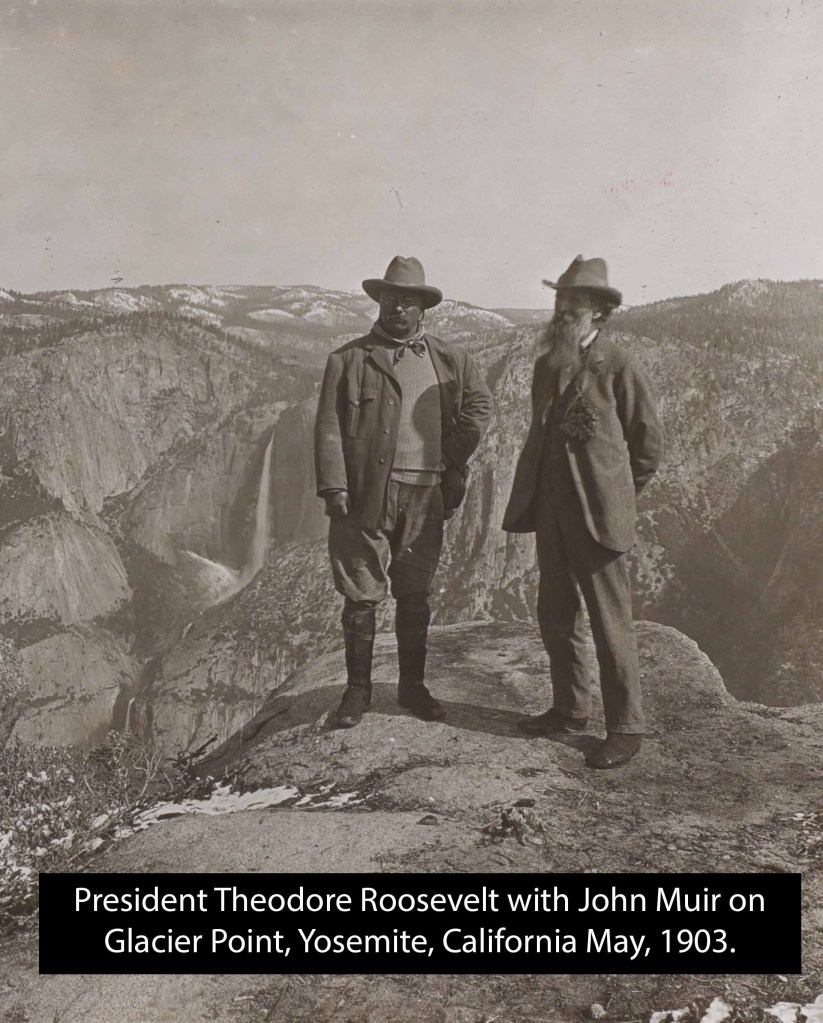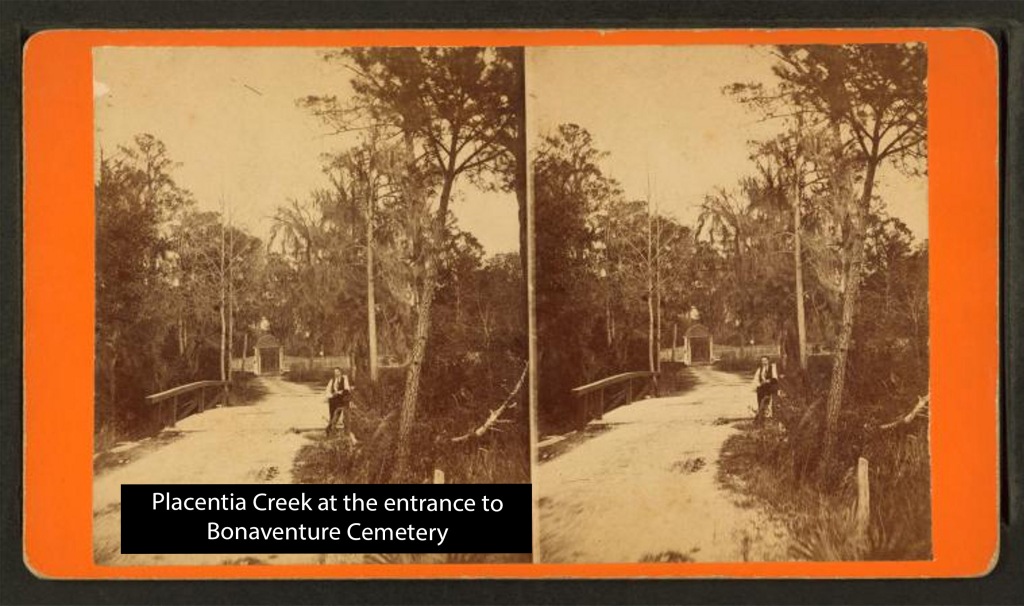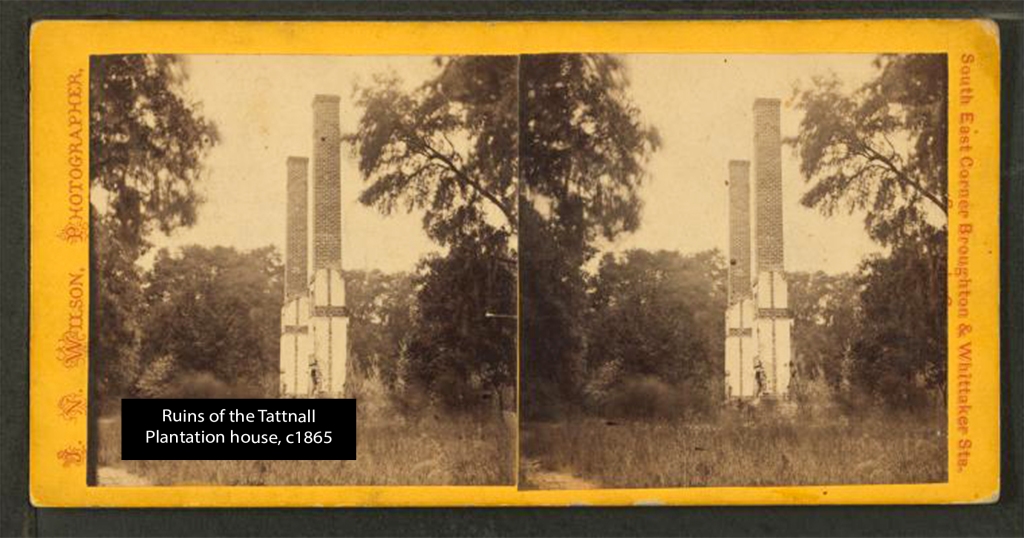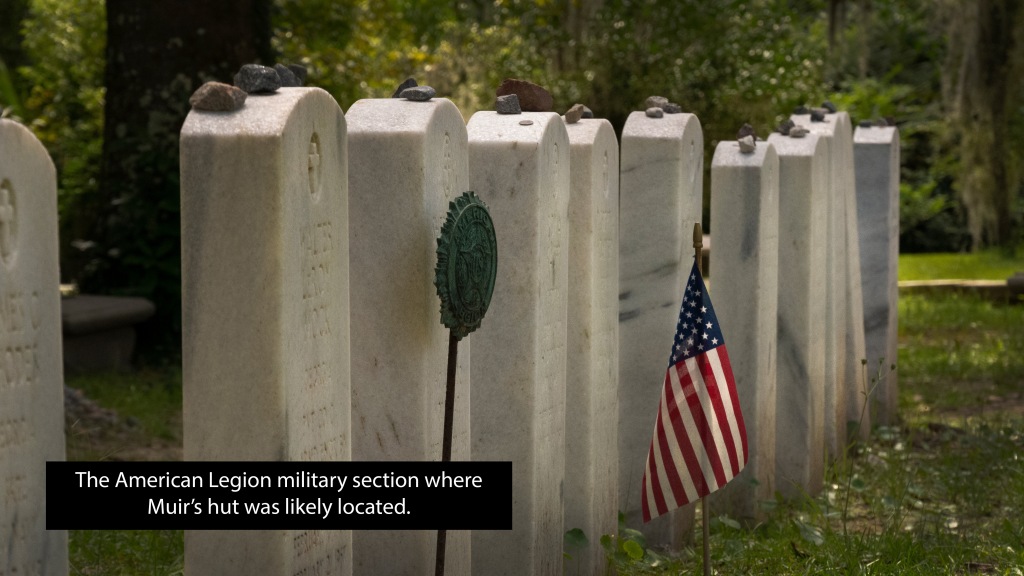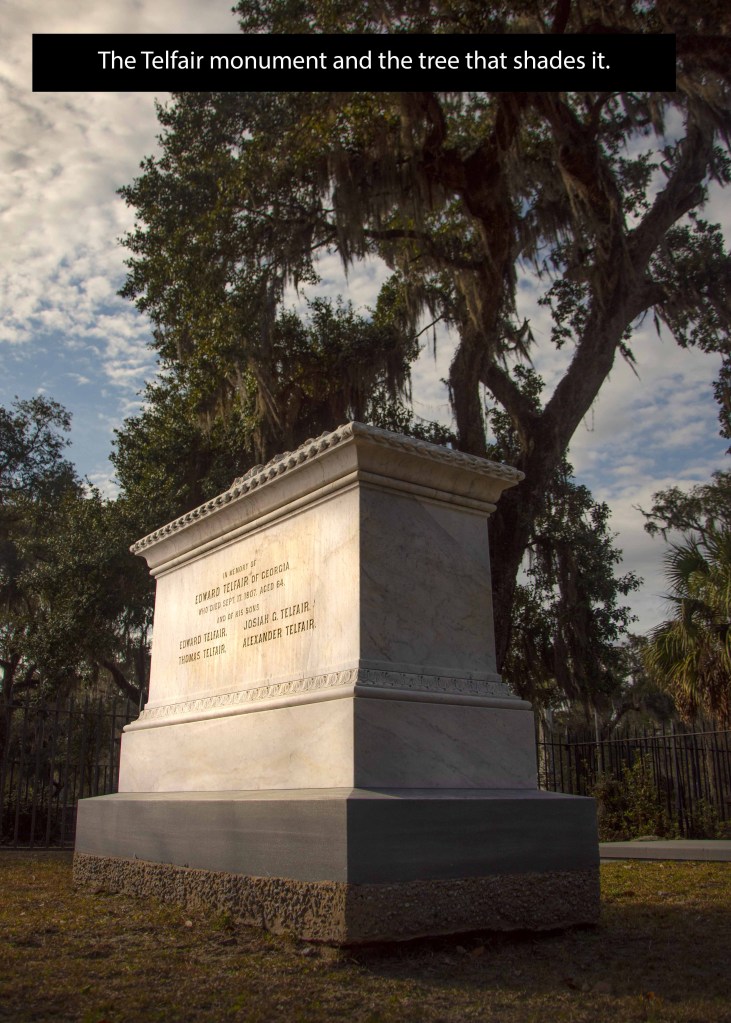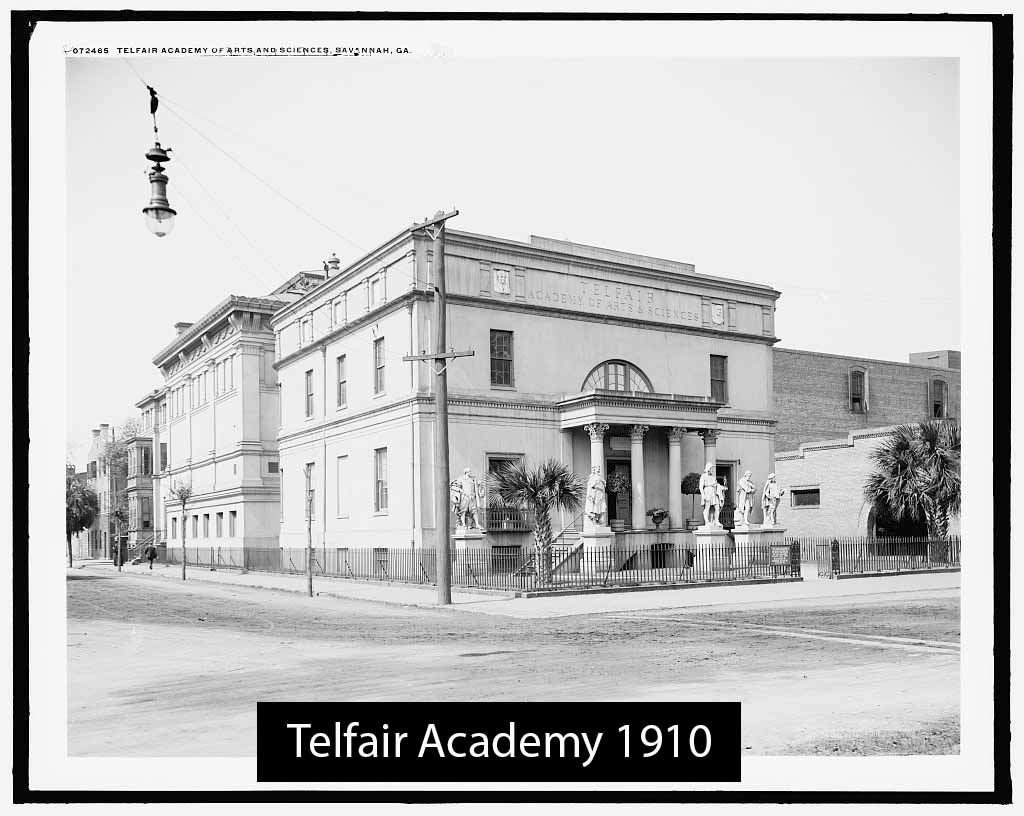He Slept on a Grave 32.042645° -81.046146°.
32.042645° -81.046146° Other coordinates are at the end of the notes.
Hey, everyone!
Okay… okay… A while back, I heard a story of a famous person doing something that I would never do. I doubt that any of you would either, but, hey, what do I know. Anyway…
I ask myself this question…
Why would a young man… an
Why would a young man… an intelligent and educated young man… hike 700 miles, walk into a strange cemetery where he had never been and knew no one buried there… then unknowingly lie down on an important grave and go to sleep?
educated and young man… hike 700 miles, walk into a strange cemetery where he had never been and knew no one buried there… then unknowingly lie down on an important grave and go to sleep?
You may know the guy.
It was John Muir, who was a naturalist and a conservationist and is remembered as one of the fathers of the US National Park system.
Today there are mountains, forests, parks, and two John Muir Trails, one in California in the Sierra Nevada and one in Tennessee in the Cumberland Mountains.
So, why did he come to the cemetery/ and which grave did he sleep on?
Stick around, we’ll look at the clues, and I’ll tell you my take on it.
I’m JD Byous… Welcome to History by GPS, where you travel through history and culture, GPS location by GPS location.
You can find transcripts of the show and all of the coordinates of where these events happened at our website, HistoryByGPS.com.
Okay, get your pencil and paper and I’ll give you the first location and you can follow us on your favorite map app.
Okay, this one is in the back end of Bonaventure Cemetery in Savannah, Georgia
It’s at the coordinates … 32.042645° -81.046146°.
Now, this location marks the grave where I suspect Muir slept. And it is an important grave.
But first, a little background on the grave-sleeping guy.
John Muir was born in Dunbar, Scotland, in 1838 and his family emigrated to the United States where he grew up in Wisconsin.
He was hard-working and inventive. Loved botany and geology and traveled and studied his scientific passions around Wisconsin, and the states around it, and up into Meaford, Ontario, Canada.
When he was in his twenties, he left the farm and attended college, and became an excellent woodworker, ending up in a carriage factory in Indiana.
A freak accident left him blind for a short time, and when he regained his sight decided that working in a factory wasn’t for him… he wanted to see the world.
When he through to Savannah, Georgia, he was on his famous 1000-mile walk to the gulf, which started in Louisville, Kentucky, and ended in Cedar Key, Florida. From there, he ended up in Yosemite Valley, where he changed history.
As for his stay in Bonaventure… he was there for about five nights.
That was in October, 1867.
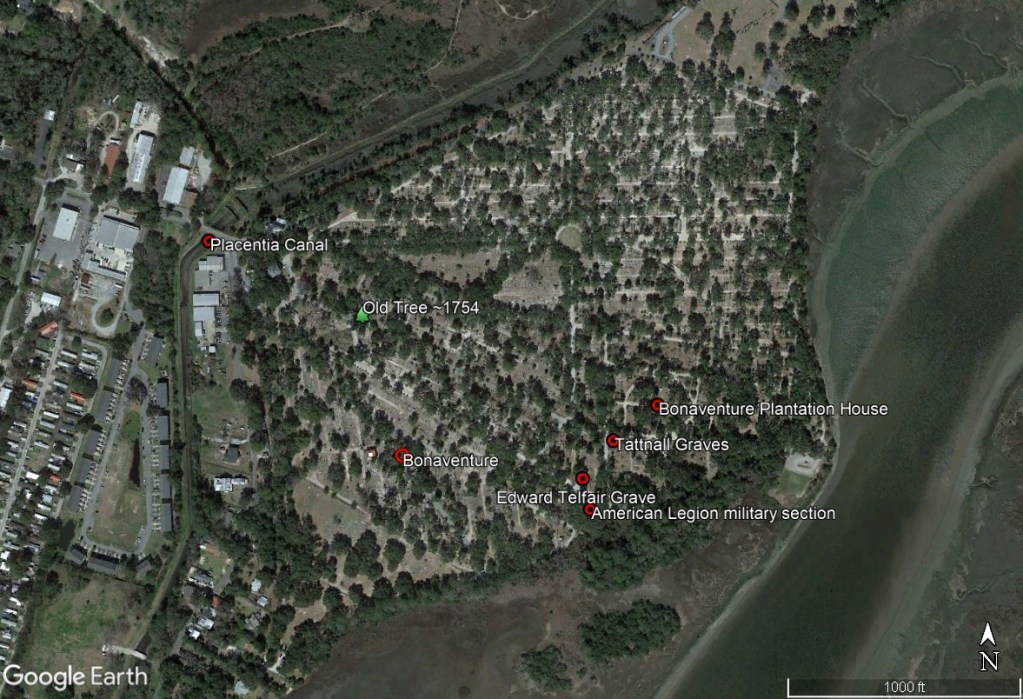
So, what are the differences in Bonaventure today you ask?
Well… I’m glad you did.
The birds still chirp and gather seeds. The squirrels still scamper through the oaks, and today, Spanish moss waves in the wind just as it did when Muir visited.
I guess you could say that life among the dead at Bonaventure Cemetery is just… life… a lot like Muir described it back then. He wrote quite a bit about the plants and animals he found.
But, today, there are more graves… there are a lot more graves.
So, why Bonaventure? It was several miles outside of the main city back then.
Muir wrote that on October 8, 1867, he was waiting for a package… a parcel of cash that was supposed to be mailed by his brother. But IT had not reached Savannah.
So… low on money… he searched for a place to spend the night. The first night he said he went to the meanest looking lodging house that he could find, as he said, “on account of its cheapness.”
It was probably on Bay Street at that time because it was a rough waterfront range filled with cheap bars and lodging houses.
[Bay Street and the Customs House,
After a night’s sleep in a cot, he only had enough money to buy a few days’ worth of food. Again, he went to the post office –
which by the way, for you who have visited Savannah – was in the basement of the old Customs House on Bay Street.
Well, the package still had not arrived.
So he wandered around the streets, sightseeing, and studying plants in the gardens of the large homes, of which Savannah had many. There still are.
Then after a while, he found the road to Bonaventure, which was at that time called the old Thunderbolt Road.
Today, the route is divided into three sections – Wheaton Street, Skidaway Road, and Bonaventure Road.
He said… that on the route to the cemetery, he wandered along Savannah’s sandy eastern bluff, looking for a safe place to rest under the stars.
I’ve looked for the dunes as he described and it is hard to tell that they ever existed… They’re buried under warehouses, parking lots and apartment buildings.
He wrote that he was very thirsty after walking so long in the muggy heat… a dull, sluggish, coffee-colored stream flows under the road just outside the graveyard… from which he managed to get a drink after breaking a way down to the water through a dense fringe of bushes.
He emphasized that he was wary of the snakes and alligators in the dark. Later, when he was in Florida, he mentions his fear of reptiles.
After getting a drink, he said that he “…enter the weird and beautiful abode of the dead.”
Today that creek is the Placentia Canal that drains storm waters from the town of Thunderbolt and the campus of Savannah State University.
So I suppose his exhaustion, hunger, and fatigue led him to his star and oak-limbed canopy bed. You have to take into account that this guy was a brilliant botanist…
BUT… on his route through Georgia, this guy was clipping off 40 miles a day on some of the sections of his trip.
Now, how did he know about Bonaventure?
Well, It’s famous now, but it was famous back then, too. Today most writers and visitors make the assumption that the cemetery’s popularity is due to The Midnight Book, John Berendt’s 1994 story, Midnight in the Garden of Good or Evil.
In reality, Bonaventure was popular more than a century before the Midnight book came on the scene.
So… Muir had probably heard about the famous cemetery long before he walked into town.
He’d likely read about it in travel books or possibly saw pictures on postcards of that time.
At one time in history, the graveyard was a weekend destination spot for Victorian family picnics. However, it reverted to a weedy, brushy patch of woods during the American Civil War. So, it may have been a little rough and brushy when Muir visited.
The cemetery’s popularity in Victorian times can be observed out front, near the entrance, where a short section of trolley tracks can still be found.
They are memorials to times when their steel rails experienced heavy traffic from city families carrying picnic baskets and checked-tablecloth ground covers.
When YOU visit Bonaventure, you’ll like the monuments and sculptures in stone and bronze. Two of my favorite bronze examples are the bust of General Robert H. Anderson and the flowers on the Garland Rayls monument.
I talk about the Anderson family in my book, History’s Way: Along Savannah’s Riverfront should you want to learn more.
You can find that and our other books on Amazon. Just type in JD Byous and they should magically appear.
I’ll put a link in the transcript.
Also, please click the “FOLLOW” button so you will be notified about other episodes of History By GPS… that or just go to the website.
Now, before we investigate Muir’s visit, we need to look into the cemetery’s background…. That ties into which grave he likely slept on.
The cemetery is located on the site of the Bonaventure Plantation, which was originally founded in 1762 by British import, Colonel John Mullryne.
Later, in 1846, Commodore Josiah Tattnall III, Mullryne’s grandson, sold the 600-acre plantation to become a cemetery.
The sale did not include the Tattnall family burial area, but the buyer, Peter Wiltberger, agreed to maintain it. The first burials took place in 1850 though it was not officially opened. Wiltberger himself was entombed in a family vault three years later.
Fortunately for him.. he was already dead… having died in 1853.
Developing the grounds were put on hold until after the American Civil war.
So, his son, Major William H. Wiltberger, formed the Evergreen Cemetery Company in 1868 and Savannah’s finest families started laying their family members to rest there… assumably they had all too were already dead.
I mean… why would you bury them if they weren’t?
Then… on July 7, 1907, the City of Savannah purchased the Evergreen Cemetery Company, making the cemetery public and changing the name back to Bonaventure Cemetery.
So… as for John Muir’s first night there… after he entered the gate he walked through Bonaventure’s oak grove for about one-quarter of a mile until he reached the ruins of the Tattnall plantation house.
The area would have looked a bit different than today. Now there are fewer oaks. From what I’ve seen in pictures, I would estimate that at least 50% have died with some having been blown down during storms and hurricanes since that time. Many, however, are still here.
One old oak is near the entrance. I’ll put the coordinates in the show notes on the website. It was a seedling in 1754 when Mullryne started the plantation and is now around 260 years old.
Muir would have walked past and under its branches on his way along the oak-arched lane, as he walked to his sleeping spot each night.
From along the lane, he would have seen an occasional glint of moonlight bouncing from the headstones in the small burial ground. He said the sparkleberry thickets shined like “heaps of crystals.” But today you can’t see what he saw because the cemetery closes a 5 in the afternoon.
The plant life has changed a bit since he was here. Many new species of flowers have been introduced as decoration for family graves.
As I mentioned, the graveyard was much smaller then, being only a few of the small blocks
The current cemetery is divided into dozens if not hundreds of sections today.
The second night, Muir went into the brush at the edge of the graveyard and created a “house” out of bushes.
I suspect it was in the area that is now the military burial section because that was one of the only flat sections that were undeveloped and brush-covered at that time.
He built a small sleeping shelter using four bushes as corner posts covering an area of about four feet by five feet… just enough for him to lie down.
He tied branches across the tops and placed marsh rush stalks for a roof. On the ground, he used Spanish moss as a mattress cushion on the ground.
He said he always entered his little hut after dark so no one would see him.
On one night, he said, “as I lay down in my moss nest, I felt some cold-blooded creature in it; whether a snake or simply a frog or toad I do not know, but instinctively, instead of drawing back my hand, I grasped the poor creature and threw it over the tops of the bushes. That was the only significant disturbance or fright that I got.”
I’ll tell you what, when I’m camping… a snake in my bed would end my night’s sleep.
Okay, unlike Muir… I don’t want to get into the weeds here, but I’m going to do a little deeper dive into the history of the place.
That will give us an idea where Muir’s pillow grave was located on the first night.
AS I said, the original area was the Tattnall burial section, has the graves of Commodore Josiah Tattnall Jr. and his father, the Revolutionary War veteran who was also an early Governor of Georgia.
But the Bonaventure Plantation, proper, was originally six hundred acres of high ground on the Wilmington River and several miles from Colonial Savannah.
The plantation house had a panoramic view of the river along a center garden walkway dropping in terraces down to the water’s edge.
As you walk through the graves, you can see where the old roadway used to run.
And the historic family name most often associated with the plantation is the Tattnall family.
Josiah Tattnall (the First,) who was born in England in 1740 came to Savannah and married Mary Mullryne, the youngest daughter of John and Claudia Mullryne and the couple had several children, including Josiah Tattnall II (Junior), who later owned the property and was instrumental in the early development of the State of Georgia.
If I recall correctly, Mullryne planted oak trees here that spelled out the letters, M and T, to commemorate the union of the two families.
Most of them are gone now and it would be difficult to find which trees were in the layout after all this time.
As mention in another podcast, when Sons-of-Liberty Georgians ousted Royal Governor James Wright in February 1776, both Mullryne and Tattnall (the First) helped him escape from their property by boarding a British boat on the river where he then sailed out to the waiting warship, HMS Scarborough.
This act got both of the plantation owners kicked out of Georgia after the Revvolution. Mullryne ended up in Nassau in the Bahamas, and Tattnall and his young family sailed to London, England.
Like most property of Loyalists after the Revolution, the plantation was confiscated by the new State of Georgia government and sold after the fighting ended.
Later, Bonaventure was sold to Josiah Tattnall Junior’s family friend, Patriot John Habersham.
He was the brother of James Habersham, who owned the building that is now The Olde Pink House Restaurant on Reynolds Square.
Later, the young Josiah Tattnall (Junior) came back from England and joined the Continental Army under Brigadier General Anthony Wayne and helped push the British out of Savannah.
Eventually, he bought back his birthplace back from Habersham and went on to serve in the Georgia Assembly and the United States Senate, and was the first native-born Georgian to be Governor of Georgia.
Following his death in 1803 and his wife’s passing the year before, Junior’s three children were sent to London to be raised by their paternal grandfather, Josiah (the First)… the loyalist and son-in-law of Mullryne.
Tell you what… there are almost too many Josiah Tattnalls to keep up. It’s a bit like trying to follow the British Royal family’s succession.
Get passed William and Harry and you start getting lost.
So, Josiah Junior’s two children grew up, returned to America, and reclaimed their shared ownership in the plantation.
Eventually Josiah Tattnall III (the Third), who lived from 1795 to 1871, became the sole heir when his older siblings, Edward and Harriet, died.
Josiah the third went on to attend the US Naval Academy and was involved in several skirmishes with the British during the war of 1812, followed by action during the Mexican War-American War.
That Tattnall was the person who was famous for popularizing a famous adage in America.
While serving in the far east, he held the rank of Commodore. During a notable incident around 1859, just before the American Civil War, Tattnall violated American neutrality in a war concerning the allied British and French navies and their enemies, the Chinese, during the Second Opium War.
See, they were fighting over the rights to import opium.. the drug… to Britain and France. Now, both countries have more of the drug than they can handle… and people sneak it over their borders so the governments won’t find them.
But back then the British and French naval squadrons came under fire from Chinese Forts at the mouth of the Pei-Ho River.
So Tattnall… (the Third)… came to their assistance and opened fire on the Chinese as well.
When Naval Command called him on the carpet for his actions, his famous excuse was, “Blood is thicker than water”
After that, the term became a well-known and often-used saying.
Now, Blood is thicker than water is an English saying that means family bonds are stronger than any other relationship.
I suppose he considered the British to be closer relatives than the Chinese.
For all I know, he may have had family and friends on the British Boats since he had lived in the UK.
A phrase similar to the blood/water axiom is known to have been used as far back as the 12th century in Germany.
And the first note of it in the United States is in a Journal from 1821. But it was Tattnall’s comment that made it famous.
Okay, I digress.
When the American Civil War broke out in 1861, Tattnall opposed session, but loyal to his state and family, he resigned from his Navy commission in February 1861.
One month later, he received a commission as Captain of the Confederate Navy.
In 1864 he was in charge of the shore defenses around Savannah, so and when General William T. Sherman captured Savannah, the commodore became a prisoner of war.
He was paroled in 1865 and moved to Nova Scotia, Canada,
Later he returned to his home in Savannah.
Now, going back to Muir’s FIRST night in the cemetery, he searched for a place to sleep.
And he said that he found a little mound that could serve as a pillow.
The Telfair graves, which are just a few yards from the Tattnall plots, also have an important part of our story.
In August 1867, a few weeks before John Muir’s visit, Revolutionary War Patriot Edward Telfair’s daughters, Mary and Margaret had their father’s bones and the bones of their brothers reinterred to Bonaventure from the Gibbons plantation along the Ogeechee Road south of town.
If you’ve been to Savannah you may recognize the name because of the Telfair Academy… Telfair Museum on Telfair Square, downtown Savannah. There is also Telfair County, west of the city, named after that important man in Georgia history.
According to cemetery record for The City of Savannah, the Telfair sisters were the only people to have a grave excavated at Bonaventure in over two years… just a few weeks before John Muir visited the area.
Muir wrote that he laid down on the grave under one of the great oaks to sleep.
The oak above the Telfair plot was planted around 1800…
…it was definitely here when Muir visited.
So, back in 1807, sixty years before Muir slept his first night in Bonaventure, Edward Telfair died, was buried at the Gibbons Plantation, and later reinterred at this spot.
Dirt mounds over graves do not last long in Coastal Georgia’s torrential, rainy weather.
Therefore, it is quite likely that John Muir’s mound-of-dirt pillow was Telfair’s second grave… which was still waiting for workers to place this large monument that we see today.
If this is correct… Muir did not know that his pillow was provided by a three-time Georgia Governor and American Founding Father who was a member of the Continental Congress and a signer of the Articles of Confederation…. the precursor to the Constitution of the United States.
And Telfair was one of only 12 men who received electoral votes during the first election for President of the United States.
You remember, George Washington won that election.
As for Muir… five days after his grave sleeping night, his money packet arrived, and he continued his journey to Cedar Key, Florida.
From there he traveled on to Yosemite in California, and his place in history.
One last thing. I love this. Muir would write years later, “If that burying-ground across the Sea of Galilee, mentioned in Scripture, was half as beautiful as Bonaventure, I do not wonder that a man should dwell among the tombs.”
He was referring, of course, to the story of Christ casting the demons out of a man who lived among the tombs in a cemetery.
It seems that Bonaventure, too, helped soothe Muir’s spirit as it does for many folks visiting there today.
Few visitors know of Muir’s time in Savannah; some have never heard of the wandering “tramp” that changed America.
As for Savannah’s most popular necropolis… today, there are more visitors to the city of the dead than ever before.
A book about a midnight garden helped add to that around twenty-five years ago>.
Now instead of trolley tracks, they roll in on rubber-tired cars and busses.
So……. if you didn’t know already… now… you know.
Remember to follow the show so you will be notified when new episodes come out.
And go to our website and buy something to help support the program.
Bye!
—————————————————————–
Bonaventure Cemetery Front Gate, 32.045322° -81.050467°
Edward Telfair family crypt, 32.042645° -81.046146°
Josiah Tattnall Grave, 32.043088° -81.045724°
American Legion military section, 32.042286° -81.046042°
Placentia Canal, 32.045422° -81.051310° The location where Muir worked his way past the brush to drink out of the “coffee colored” stream.
Old oak that Muir walked under 32.04442° -81.04919°
White Oak
53” diameter
Planted Near Kirkland plot on [Mullryne] N side of road
~267 years old
Trunk diameter @ 4.5’ = ~53 ”
Symmetric canopy? N >\ 1/4se to 3/4sw
Description: Large oak gall near Rogers plot, Mullryne.
Tree factor = 5
Yosemite Valley, California 37.745946° -119.593629°, Near this site, was John Muir’s loft above a saw mill when he first stayed in the valley.
Cedar Key, FL 29.138189° -83.037678°
Bibliography
City of Savannah burial records for Bonaventure Cemetery, Edward Telfair, Bonaventure D-0-19=X591 [(re)interred] 07/17/1867 –https://savannah.cemsites.com/
Lucian Lamar Knight, Georgia’s Landmarks, Memorials and Legends, Vol II, Byrd Printing Company, Atlanta, 1914, p 291.
Journal of the Senate; Vol. 1; 1789; p8.
Major William H. Wiltberger, the son of Peter, formed the Evergreen Cemetery Company on June 12, 1868. Wikipedia
Copyright JD Byous, 2023, All rights reserved.
PHOTOS: Library of Congress, New York Public Library, JD Byous.
